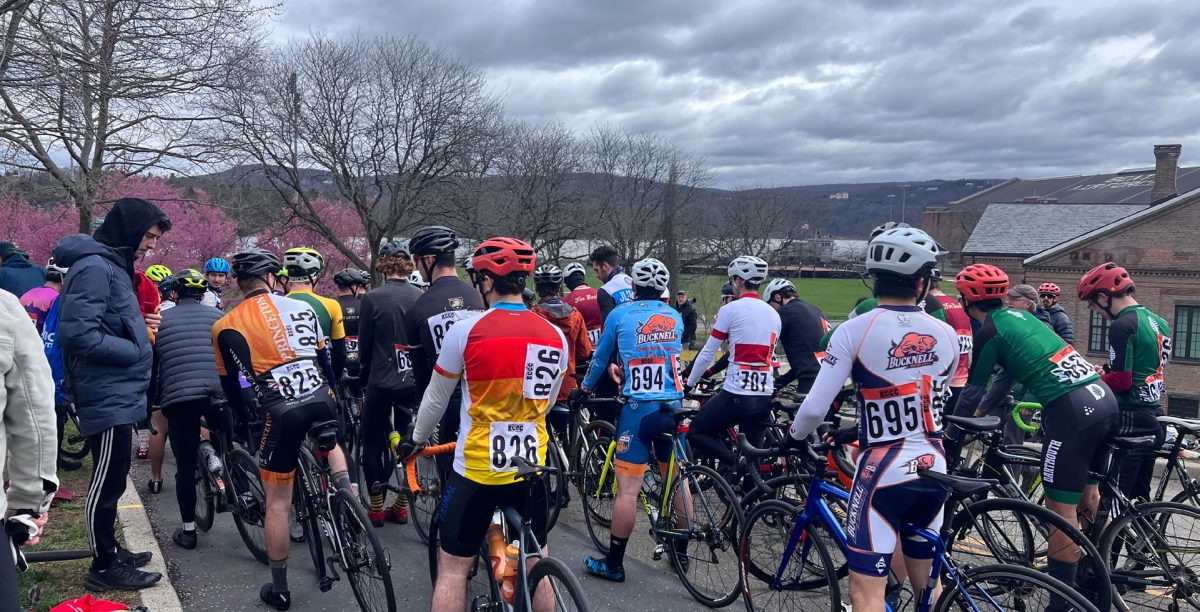
Professor of Women and Gender Studies Mariah Stember recently took students from her Introduction to Women and Gender Studies class to visit Seneca Falls, the birthplace of America’s Women Rights Movement. Located 89 miles west of Hamilton College campus, Stember’s students made the hour and a half jitney trip, leaving early Saturday morning and returning in the afternoon, in hopes of experiencing an opportunity to learn more about the foundational principles of this famed movement.
The Women’s Rights National Historical Park, declared a national park in 1980 but fully opened for tourists and locals alike in 1993, traces the origin of feminism back to its earlier roots. A series of quotes encapsulate the efforts men and women made in hopes of making the world a more just place. An elaborate tapestry reads “Seek truth for authority, not authority for truth,” Elizabeth Caddy Stanton’s motto, adorns a section of the entrance walls. Further towards the back, the National Park service put on display multiple sculptures depicting the “founding mothers” of American feminism. Among the 300 men and women who attended the first Women’s Rights Convention, notable individuals included Elizabeth Cady Stanton, Lucretia Mott and her husband James Mott, Martha Wright and world renown abolitionist Frederick Douglass.
The museum draws parallels between 19th century American society and that of neighboring communities, and puts its progress in a modern-day context. The museum provides thought-provoking parallels between European-inspired American society and that of the Haudenosaunee Confederacy, located on nearby Iroquois territory during the same time period. While the former stood as a patriarchal society in which the man’s last name is that which the child takes on, the latter functioned through matrilineal familial descent. Despite living in radically different worlds, Stanton, Wright and Mott saw that women’s rights were not a dream. In this, Haudenosaunee society effectively set a blueprint for the Women’s Rights Movement, using their native American neighbors as direct inspirations for the changes they hoped to accomplish.
After touring the museum, Stember’s class explored the nearby Wesleyan Chapel, the building in which the signing of the Declaration of Sentiments took place. The document’s initial quote: “we hold these truths to be self-evident, that all men and women are created equal,” stands the test of time in the push for gender equality to this day.
Professor Stember’s Women and Gender Studies 101 class trip provided valuable first hand context for those who attended and which can be taken back to College Hill Road. Visiting Seneca Falls shed light on the intersectionality of historical feminism and abolitionist perspectives, all the while drawing parallels between 1848 and today’s twenty-first century world.
























